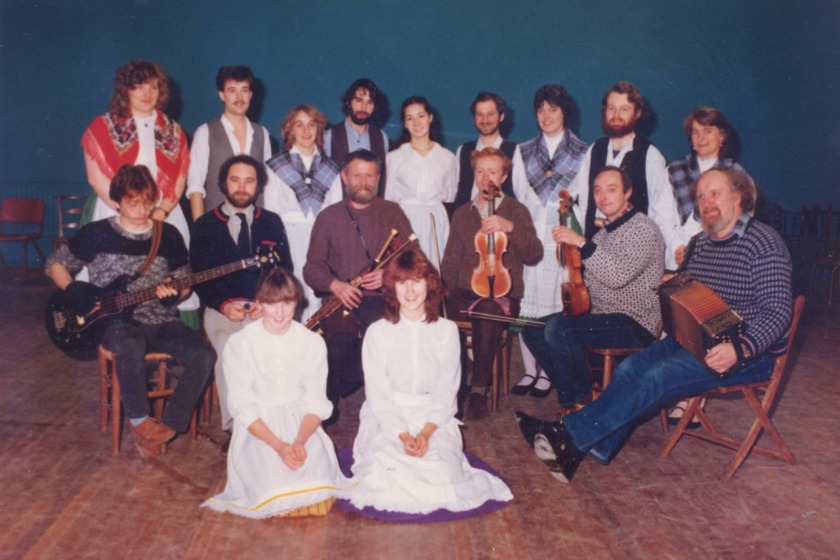Manx music and dance revival in the 20th Century
Tue, 26 Jan 2021
In the thirteenth in our series of articles about Manx music, this piece looks at the history of Manx music and dance in the twentieth century. This was recently published in the Manx Independent:
The Manx traditional music and dance scene is vibrant today, with the promise of a healthy future, and we can thank some very determined people for keeping these traditions alive. Here we look back at some of the significant milestones on this journey – with apologies to those not mentioned due to space restrictions.
The first publication of Manx folk music was The Mona Melodies in 1820, but a far more influential book was The Manx National Song Book, published in 1896, where classics such as “The Manx Wedding” and “The Sheep Under the Snow” became household favourites.
Manx National Songs was based on a collection of more than 300 melodies collected by Dr John Clague and the Gill brothers, at the same time as A.W. Moore was ‘rescuing’ Gaelic songs for his Manx Ballads and Music.
Hot on their heels was Sophia Morrison. Best known for her book of Manx Fairy Tales and her work in reviving the Manx language, she also collected songs, including the beautiful melody, “Arrane Ghelby”. It was she who encouraged the young Mona Douglas to start her own collecting.
Throughout her long life, Mona published music, songs and dances, working with many others to restore and bring them back to life. She also built a community of enthusiastic performers through the Manx Folk Dance Society and Aeglagh Vannin youth group.
The 1970s saw significant change in the Isle of Man – its new status as an offshore financial centre prompted a building boom which was seen, by some, as a threat to the traditional way of life. Harpist Charles Guard and folksingers The Mannin Folk were already popular, but the political unrest provoked others to take a renewed interest in what was uniquely Manx.
Another milestone was the rediscovery of the original Clague Collection in the Manx Museum library. Out of it grew a purely Manx music session called ‘Bwoie Doal’ (named after one of Clague’s informants) in Peel and out of this emerged Gaelic singers such as Brian Stowell, dance group Bock Yuan Fannee and choir Cliogaree Twoaie.
The protagonist of the session, Colin Jerry, published Kiaull yn Theay in 1978; a tune book that still provides the core repertoire for learners and performers.
That same year, Yn Chruinnaght inter-Celtic festival was revived by Mona Douglas with concerts, ceilis, competitions, exhibitions and visiting acts. New Manx groups such as Mactullagh Vannin, Mooinjer Veggey, The Mollag Band, Tholtan Builders and Caarjyn Cooidjagh found a supportive audience, alongside dance groups like Ny Fennee and Perree Bane. Likewise, since the ‘70s, ties with the Celtic cousins were reinforced each year with Manx performers attending Lowender Peran in Cornwall, the Pan-Celtic in Ireland and Festival Interceltique de Lorient in Brittany.
Singer and harpist Emma Christian took Manx music to international audiences with her successful album, Beneath the Twilight in 1994. Increasingly experimental albums by young bands of the ‘90s such as Paitchyn Vannin, King Chiaullee and Moot show Manx music was confidently alive and kicking by the millennium.
Thanks to those who have gone before, Manx music is now well established and we look forward to building on those firm foundations.
This month, Culture Vannin releases a new tutorial guitar video of the “Sea Invocation”, a song collected by Mona Douglas.
Recent News
-

Funding for creative Manx language projects announced
Tue, 24 Jun 2025
-
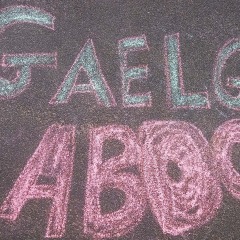
Year of the Manx Language - Gow ayrn, join in!
Tue, 17 Jun 2025
-
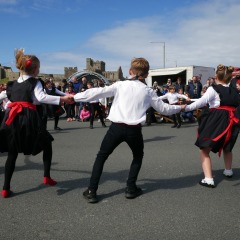
Commitment to Manx Culture through Corporate Support
Thu, 05 Jun 2025
-
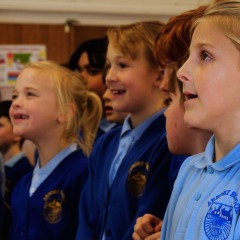
School celebrated in new Manx film
Wed, 14 May 2025
-
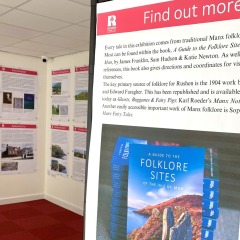
Rushen Folklore Exhibition
Tue, 13 May 2025
-

Manx music in America: This Fair Isle
Thu, 08 May 2025
-
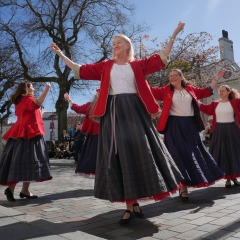
Island Escapes donates £ 5,000 to support Manx Culture
Thu, 01 May 2025
-

Jacob O'Sullivan joins the board
Thu, 24 Apr 2025
-

Folklore Comes to Life Through Puppetry Course
Thu, 17 Apr 2025
-

Manx 'father' of North American
Tue, 01 Apr 2025

